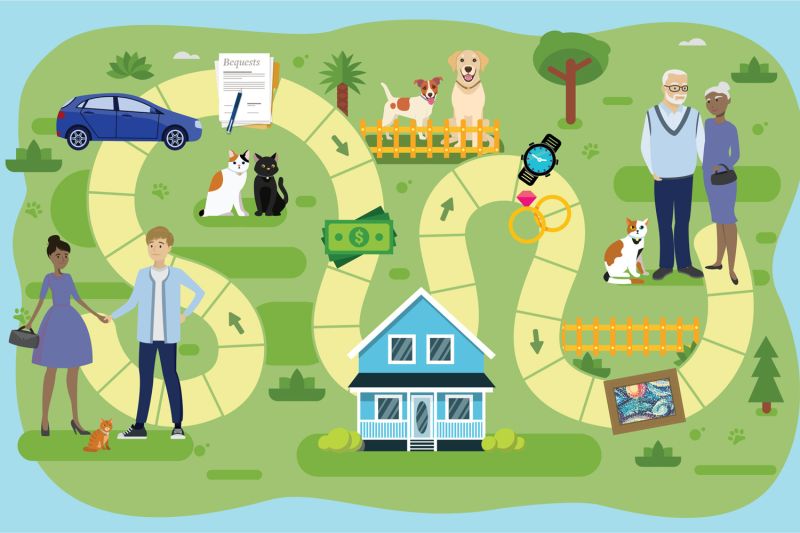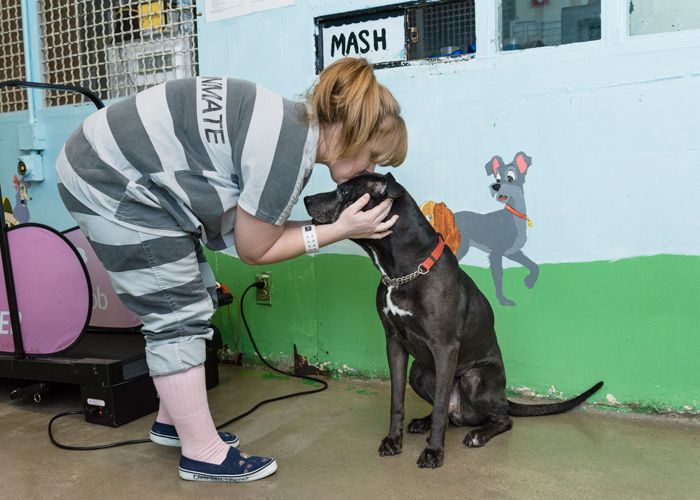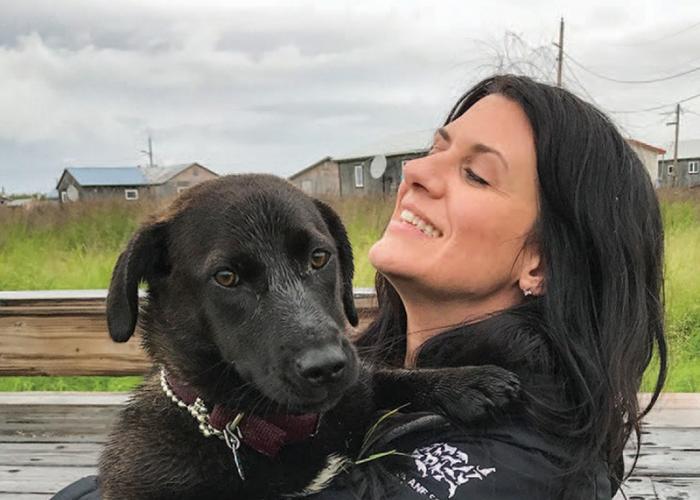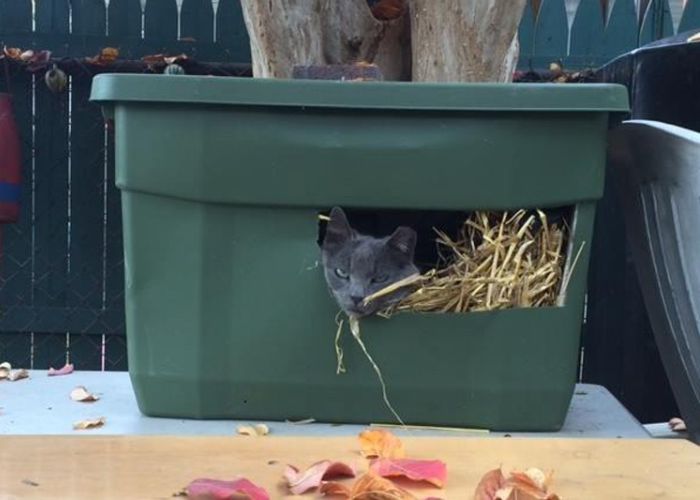A lasting legacy
Planned gifts can ensure your organization’s future

I’ve spent much of my more than two decades in animal welfare focused on fundraising, and I’ll be the first to admit that “planned giving” is a rather odd term. As I heard one nonprofit leader say at a conference, it seems to imply—in a slightly dismissive manner—that all other giving is unplanned.
But in truth, many charitable giving decisions are impulsive and spontaneous; in fact, many organizations bank on that while tugging at heartstrings. Most donations don’t require much paperwork or the help of a professional to draw up plans, whereas most planned gifts are bequests given by will that don’t pass to the charity until after the person’s death. So the term “planned giving” is a fairly accurate descriptor.
Planned gifts are typically among the largest donations an organization receives and can have an enormous impact, especially on smaller shelters and rescues. In my years at shelters, I saw that when organizations received even just one significant planned gift, bills could be paid more easily, and financial worries were minimized. In drier years, we had to draw from the reserve fund and even eliminate positions.
Yet too many animal welfare organizations, focused on immediate budget needs, let planned giving fall by the wayside. And it’s true that the timing of individual bequests can be unpredictable. But by launching a planned giving program, you can help ensure your organization’s longterm sustainability and enable donors to give in ways that work for them. And that, in turn, can be your legacy to the organization whose mission you care about.
Planned gifts are typically among the largest donations an organization receives and can have an enormous impact.
By special request
The term “planned giving” doesn’t just apply to wills. There are many other kinds of planned gifts, and there are even a few types of bequests. People can choose to leave, by bequest, an entire estate or a portion of the estate. Such partial bequests can be percentages of the value of the estate, a dollar amount or a contingency gift (one that is disbursed only after other surviving beneficiaries are paid).
Bequests can be unrestricted—meaning the organization can use the funds in any way it wishes—or restricted for a particular use, such as spay/neuter programs, cat adoptions or a new building. Bequests set up through trusts can bypass the probate process, meaning charities can receive funds sooner than estate resolution, which can take months or even years if the estate is complex or legally contested.
Bequests can also come in the form of beneficiary designations. People can make gifts from IRAs, 401k or 403b accounts and other retirement assets, as well as from other financial accounts, such as investment portfolios or even basic savings and checking accounts. Account owners can easily designate multiple charities as beneficiaries, assigning each a specific portion of the whole, or they can make charitable gifts contingent on whether certain human beneficiaries are deceased.
From the donor’s point of view, gifts via beneficiary designations are appealing because, unlike bequests by will, they are easily revocable, meaning they can be changed at any time simply by filling out a new form. From the charity’s point of view, such gifts are beneficial because they can involve substantial sums that bypass the sometimes-lengthy probate process.
Other planned gifts include gifts of securities, life insurance, real estate and other property, such as automobiles, artwork and jewelry. More complex gifts, such as gift annuities, remainder trusts and lead trusts, are highly regulated and usually handled only by larger charities with philanthropy departments and employees with expertise in these areas.
Factoring in uncertainty
In a smaller organization, it’s likely that regular staffers won’t know much about planned giving, but often, a board member who’s a lawyer or accountant can help. At the Humane Society of Charlotte in North Carolina, an estate planning attorney assists with estate-related questions and serves on the board’s development committee, says Donna Canzano Stucker, vice president of development.
Over at the Humane Society of Tampa Bay in Florida, chief development officer Karen Ryals formed an advisory council that includes a tax attorney, an estate planning attorney, bankers, financial planners and a CPA. “I put the group together with the help of board members and recommendations from them,” she says. The advisory council meets quarterly to discuss ways to enhance the shelter’s planned giving efforts.
Another option is to enlist an appropriate professional in the community to help your organization pro bono. Just keep in mind that fundraising personnel representing charities are prohibited from giving financial and tax advice, so donors should consult their own financial advisers.
It’s important to get all of this development structure in place, even if your experts only serve on an infrequent, as-needed basis. If a donor wants to discuss planned gift options, you want to be certain that your organization can help the person in an informative, timely manner.
Too many organizations focus on immediate budget needs and let planned giving fall by the wayside.
If you work for a public shelter that benefits from a “friends of” nonprofit, you’ll want to ensure that the leaders of your associated nonprofit are prepared to help with planned gift questions in some fashion. Ask to meet with them to discuss a planned giving marketing strategy and how your organizations can work together to secure such gifts. Keep in mind that you are partners in serving a community and their receipt of a large bequest can help underwrite surgeries, other medical care or adoption marketing, for example, meaning more of your animals will find new homes.
Because of their unpredictability—often dependent on the death of a donor— planned gifts are difficult to count on when developing budgets. Some shelters budget for the receipt of a rolling average of the last five years of bequest amounts to help current operations. Others budget them below the bottom line as “icing on the cake” to be directed to a reserve fund, rather than electing to make ongoing operations dependent on receipt of planned gifts. In Tampa Bay, Ryals assigns some planned gifts to operations and all funds beyond that to an investment account.

The ultimate gift
A basic planned giving marketing strategy is a “legacy society” for those donors who have included a contribution in their estate plans.
When it comes to choosing a name for this group of donors, feel free to get creative. Two of my former shelters used the terms “1914 Society” and “1892 Society,” after the years the organizations were founded. You could also name the group after a significant person, such as an outstanding founder or donor, or after an animal whose story dramatically illustrates your organization’s mission fulfillment. At the Cleveland Animal Protective League in Ohio, the legacy society is called Faithful Friends, evoking both animal companions and the loyal donors who make it possible to save more lives.
Keep in mind that planned gifts are often revocable, meaning disenchanted donors can switch their gift to another charity. Fate willing, your donors will be alive for decades, so a sustained show of appreciation is necessary.
Encourage your donors to let you know about their planned gift, and when they do, thank them heartily, invite them to tour your shelter, encourage a board member to call and thank them, code their record as such in your donor database, and then send an official welcome letter acknowledging the donor is now part of the legacy society.
Some other ways you might recognize your legacy donors include awarding them a special token of recognition (such as a ribbon or pin) at an event, listing them in your annual report or even holding a yearly reception where they can interact with shelter leaders and get updates on shelter news. At the Cleveland Animal Protective League, donors who have included the shelter in their estate plans are invited to “yappy hours” and lunchand- learn sessions with the shelter’s president and CEO, while those whose planned gifts have been realized are listed on a Faithful Friends donor wall, says Judy Hunter, development director. The Humane Society of Charlotte’s legacy society offers a membership pin, a newsletter and annual legacy donor events, says Canzano Stucker.
For planning purposes, you’ll need to judge whether the donor is open to providing details about the planned gift. I’ve found that most donors are willing to provide basic details, but I recommend not pressing for such information if the donor seems uncomfortable with the request.
Knowing the basics can help you ensure a future gift is not unreasonably restricted. For example, if a donor proposes a gift to support the care of Irish setters or three-legged cats or blind guinea pigs, you’ll likely want to encourage the person to broaden the scope so your organization doesn’t get committed to work that isn’t likely to be a major priority.
Depending on what the gift is and your past interactions with the donor, you may also want to ask the donor to consider giving the gift or some portion of it now to help current operations. For example, I once worked with a donor who said that she was leaving the shelter stock in her will. Because we were in the middle of a capital campaign, I asked if she would donate the stock at that time—and she did. Don’t assume donors will be turned off by such questions; they may not be aware of all their giving options and will likely understand that you’re simply trying to help more animals.
Investing in a humane future
Most people want to have a meaningful impact on the world, and even people of relatively modest means can accumulate substantial assets over their lifetimes. Through bequests and other legacy donations, your supporters can make a big difference for animals in the future without the risk that they will come up short when tending to their personal financial needs.
Perhaps the biggest barrier to planned gifts is that many people pay little attention to estate planning. Given that surveys reveal that most adults do not even have a will, you can assume that many of your supporters haven’t thought about the options for making a gift to your organization through their estate planning documents or beneficiary designations. The more you can raise awareness about these opportunities and guide donors through the process, the more successful your program will be.
At a minimum, you should include language encouraging planned giving in newsletters, in social media posts and on your website, along with your organization’s formal name and federal tax identification number.
Some other simple marketing options include testimonials of planned giving donors in newsletters and annual reports; a mention of planned giving options in both printed and electronic receipts; a check-off box on the reply card in direct mail solicitations, enabling donors to request more information on this form of giving; a dedicated webpage and printed brochure; an occasional e-blast to your full email list; periodic social media posts; a reminder at all public presentations; and letters specific to planned giving sent to donors who meet certain criteria.
If you have the resources, consider adding more advanced outreach strategies. At the Cleveland Animal Protective League, donors can attend planned-giving seminars dubbed “Wags, Wills, and Wine,” which are conducted by a volunteer who is also an estate planning attorney, says Hunter.
When it comes to targeting your efforts, remember that donors considered the best candidates for planned gift marketing are not always those who have given the biggest gifts to the organization. (Although you should definitely market planned gifts to such people!) Conventional fundraising wisdom says that donors who have given many gifts (such as your monthly pledgers), no matter how small, over a long period of time are excellent prospects for legacy contributions.
Even people of relatively modest means can accumulate substantial assets over their lifetimes.
The Humane Society of Charlotte started its legacy society in 2012 and advertises it on its website, in direct mail packages and as the subject of a stand-alone mailer to current donors.
“It’s been very successful,” Canzano Stucker says. “In six years, we’ve identified 227 people as either having already included HSC in their estate plans or being interested in doing so.”
The shelter has received nearly a million dollars in bequests since the legacy society launched, she adds, and based on historical performance, it now budgets for $100,000 in planned gifts each year.
Such gifts are among the most meaningful donations the shelter receives, “because we know that funding a particular program or the general operating fund for our daily lifesaving work was so important to donors during their lifetime,” she says. “When the gifts are realized at the time of [the person’s] passing, it is an extremely special thing.”
Don’t forget to thank your donors!






